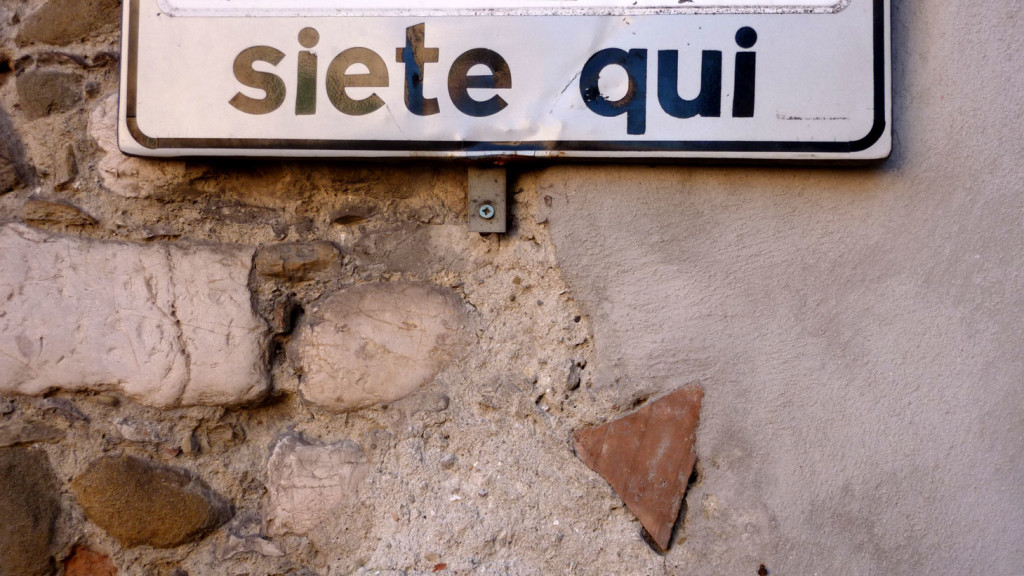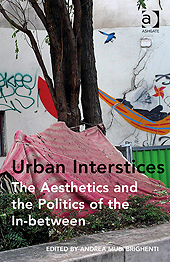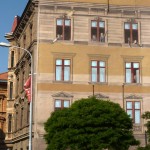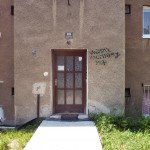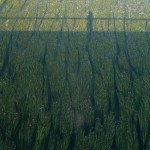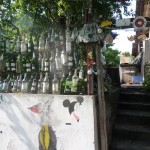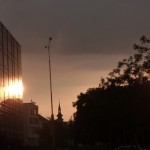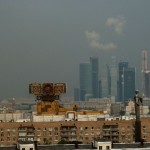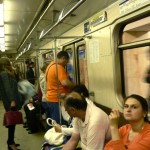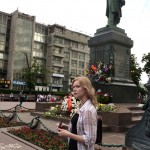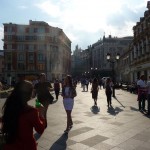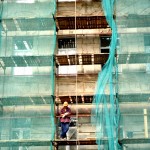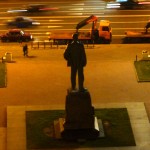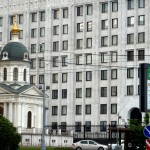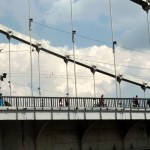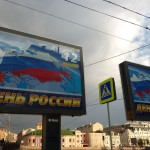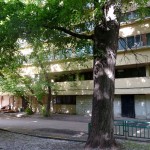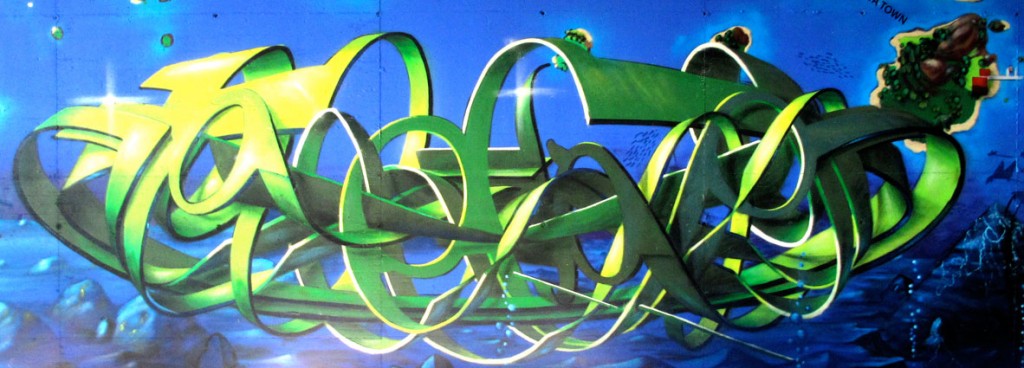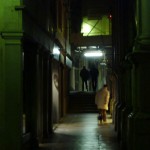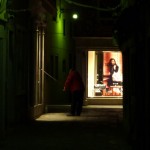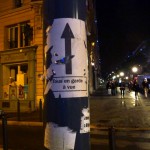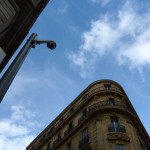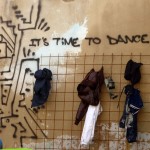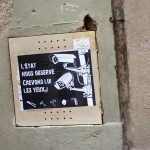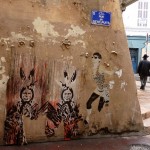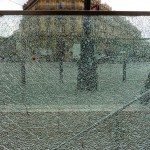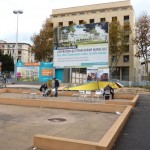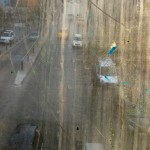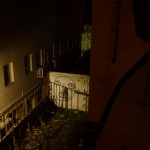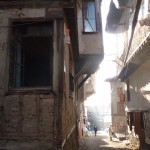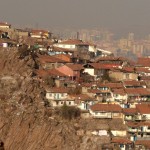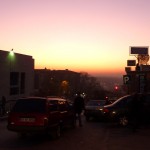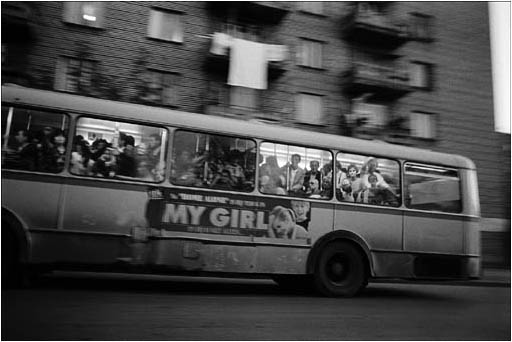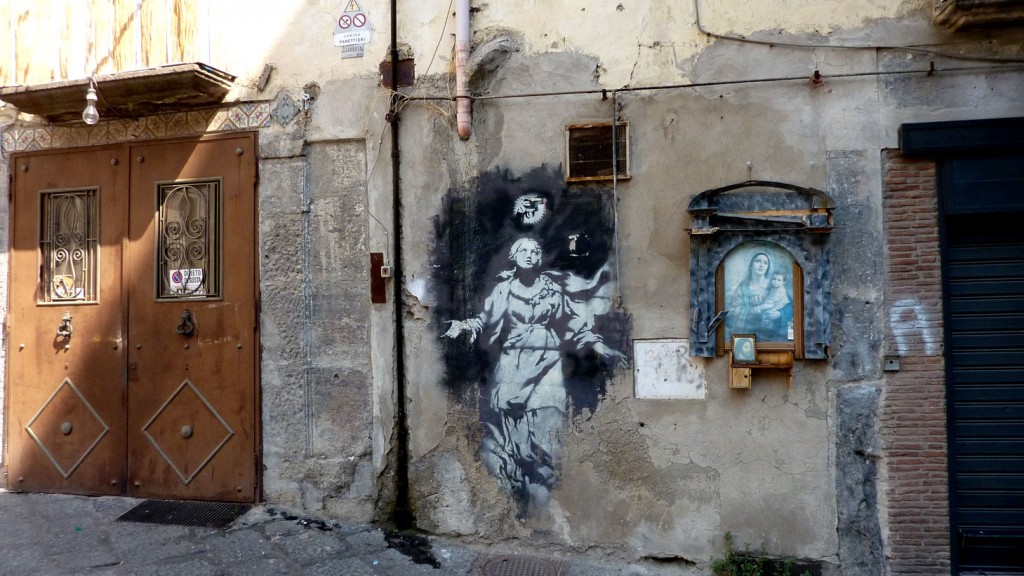Category Archives: visual
Notre vie locale… (Vous êtes ici)
A walk in Melbourne
A walk in Tōkyō
Urban Interstices: The Aesthetics and the Politics of the In-between
Book available at : http://www.ashgate.com/isbn/9781472410016
Fulltext also here
A couple of reviews published in : Urban Research & Practice and IJURR
A Walk in Brnó
La grande immagine e l’immaginina

(Source: http://commons.wikimedia.org)
La grande immagine e l’immaginina
as appeared in Marco Pasini e Fabio La Rocca (a cura di) Confronti visuali: una ricerca interdisciplinare. Roma: Aracne.
A Walk through Moscow
Graffiti and Place Value
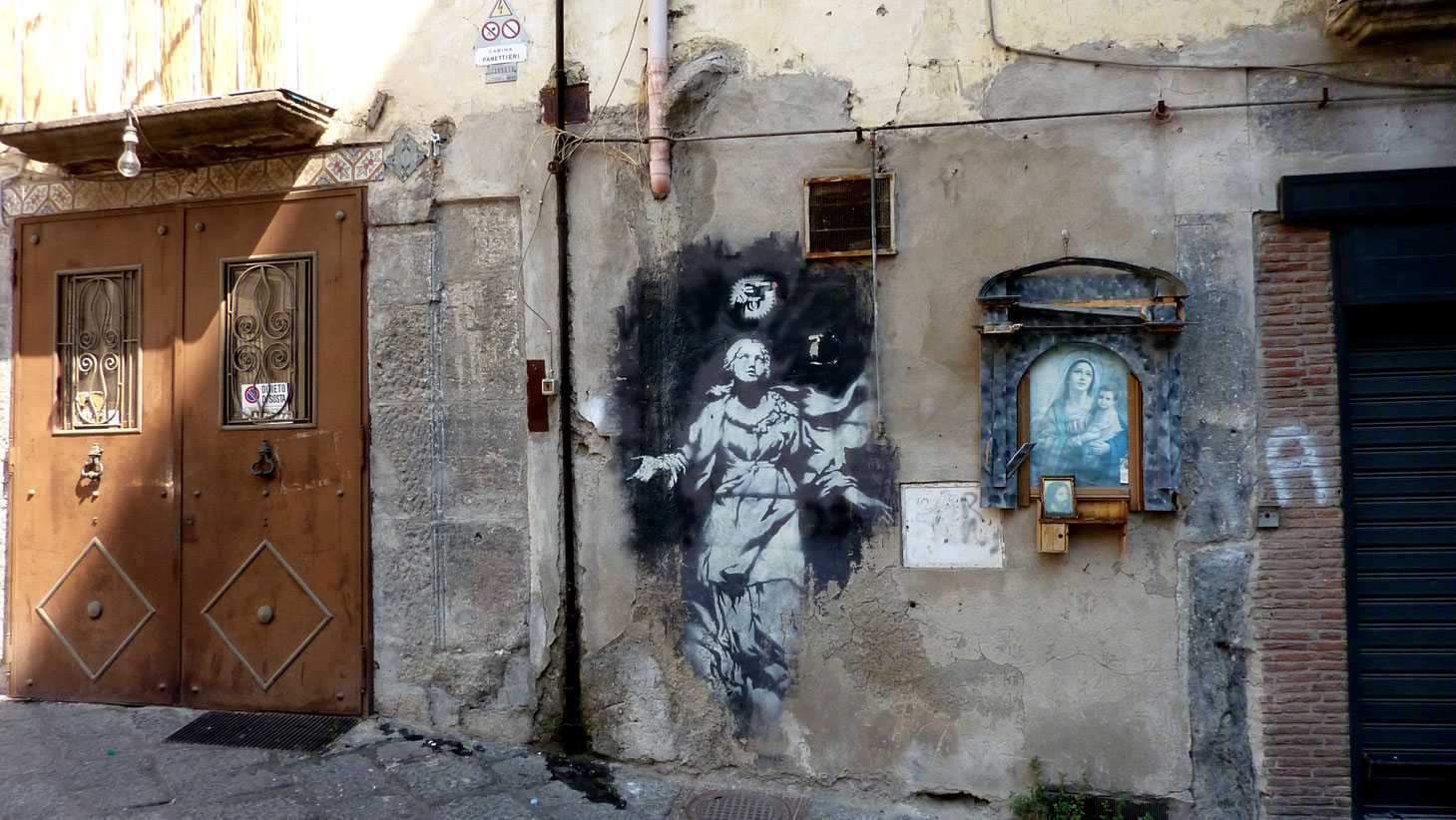
A speech I’m delivering at: Street Art in the Changing City: Theoretical Perspectives – Moscow, June 7–8, 2013 – http://igiti.hse.ru/en/hsestreetart/announcements/74150089.html
In a sense, both graffiti and street art share humble origins. While the first emerged as an essential expressive form of disadvantaged inner city youth in the late 1960s, the second originated from a more heterogeneous cohort of underground artists who, however, for quite a lapse since the 1970s through the 1990s, remained marginalized in the official art system. Such humble origins were clearly mirrored in the fact that, seen from the outside, early street art entertained only a parasitic relationship to the official cityscape, while graffiti was mostly stigmatized as seen as negatively affecting places (a sign of ‘urban decay’).
Over the last decade, a major counter-trend has made its appearance, whereby street art has moved much closer to the core of the contemporary art system, whereas graffiti has received unprecedented attention from mainstream cultural institutions. Albeit to different extents and not without contradictory or even paradoxical outcomes, both graffiti and street art have been increasingly associated with thrilling lifestyles, urban creativity, fashionable outfits, and hip neighborhoods. A radical transformation has followed concerning the impact these practices have on the value attributed to certain urban places. Rather than value-neutral (invisible) or value-detracting (supravisible) as before, now graffiti and even more pronouncedly street art seem to be value-bestowing (visible). Visibility means they have turned into recognizable and much sought-for items in the urban landscape.
In this context, my aim is to look at recent graffiti and street art events in the context of recent urban transformation. Although such events have popped up almost everywhere in the world, and in the Western countries in particular, I will refer to the case of Italy, where in the last five years I have been collecting a series of detailed field observations. I am puzzling about the social and cultural significance of graffiti and street art in the changing cityscape and the unfolding urban process. By doing so, I am also inquiring into the economic process of place valorization in the current transformations of capitalism. Finally, I am placing these concerns in the framework of the new political processes of disciplination and urban governance.
*
Here is the audio record (mp3 version)
Here is also a short interview I’ve released : http://www.hse.ru/en/news/85034010.html
A Territoriology of Graffiti Writing
Picture credit: DADO
*
Puzzling about the territorialities of wall writing & environs:
A Territoriology of Graffiti Writing. – NEW : Paginated Version Here
Written for FRONTIER La linea dello stile / The Line of Style, edited by Fabiola Naldi & Claudio Musso, Damiani Editore, 2013.
L’osservazione etnografica
In Adriano Cancelllieri e Giuseppe Scandurra (a cura di) Tracce Urbane. Milano, Angeli, 2012.
Due versioni:
A Walk through Copenhagen
Addictive Visibility: Some Thoughts on New Media Uses
I’ve been invited to deliver a lecture on Addictive Visibility at MAGIS – International Film Studies Spring School, Gorizia, 12-21 March 2013. More info at : http://www.filmforumfestival.it/?page_id=365
Here is my abstract:
What does visibility mean? How does it affect our life? What happens when visibility becomes addictive? These are the puzzles I would like to discuss with you. Over the last few decades, social theorists have interpreted the importance of visibility mainly in the light of the Hegelian notion of recognition. From this perspective, visibility has been regarded as a condition for the empowerment of social subjects through their reciprocal positioning on an equal standing. Since the 1970s, the struggles of various types of sexual, religious and racial minorities have certainly passed through a discourse of becoming visible in the public space and the public sphere, that is, more widely, the public domain.
However, it has also become increasingly clear that there is no possible straightforward equation between visibility and recognition. Twentieth-century mass media research has provided abundant evidence that visibility is patterned, formatted and organized into regimes which determine to a large extent the outcome of single acts of visibilizations. The Situationist critique of the spectacle consisted in denouncing a type of visibility in which supervisibilized spectacular images are severed from real life and transport viewers into a regime of experience expropriation. Both propaganda (the political, pervasive fabrication of truth, which may attain totalitarian levels) and advertisement (the capitalist economic fabrication of myths of consumption and enjoyment) can be allocated to this type of visibility. In a different domain, Foucault’s research into disciplinary rationality finely revealed the existence of a whole set of practices of control, such as the famous “inspection”, or examination, in which subjection to power is obtained through self-conscious (or reflexive) visibilization of one’s body and one’s conduct (subjection through “compulsory visibility”). By absorbing both spectacular and governmental machines, the twentieth-century state has configured itself as both a propagandist and a guardian-voyeur.
Now, new media place us before a further transformation of visibility. On the one hand, at first sight at least, in the new media age visibility-as-recognition seems to gain a new green season over visibility-as-propaganda and visibility-as-surveillance. New media are ‘interactive’ and ‘participatory’ almost by definition: a discourse of openness and empowerment, pivoting around the notions of connectivity and access, has surrounded them. But there is of course a more somber side of the coin, which is the one I am interested in exploring. Foucault had already clearly understood that discipline is participatory, since it works by transforming the subject into ‘the principle of [its] own subjection’. However, he did not think that that process could be fun or playful. On the contrary, the new forms of control, whose possibility is for the most part inscribed in the new media technologies themselves, are made possible by the fact that people engage voluntarily in them. So, why do we do so? Why is visibility so alluring? So seductive? Understanding our relation to new media visibilities and its consequences might help us clarify what is at stake in social transformation, which, at bottom, is a transformation of subjects, technologies, scales and power.
konfFRONTIERt Symposium – Bologna

I’m joining the konfFRONTIERt Symposium organized by Fabiola Naldi and Claudio Musso in Bologna next week. It’s all about street art, graffiti, urban visibilities, and the governance of public places.
Here is the programme | http://frontier.bo.it/programma/
Early morning in Venice
A Walk through inner city Marseille
Asian sleeps
Visualising the riverbank
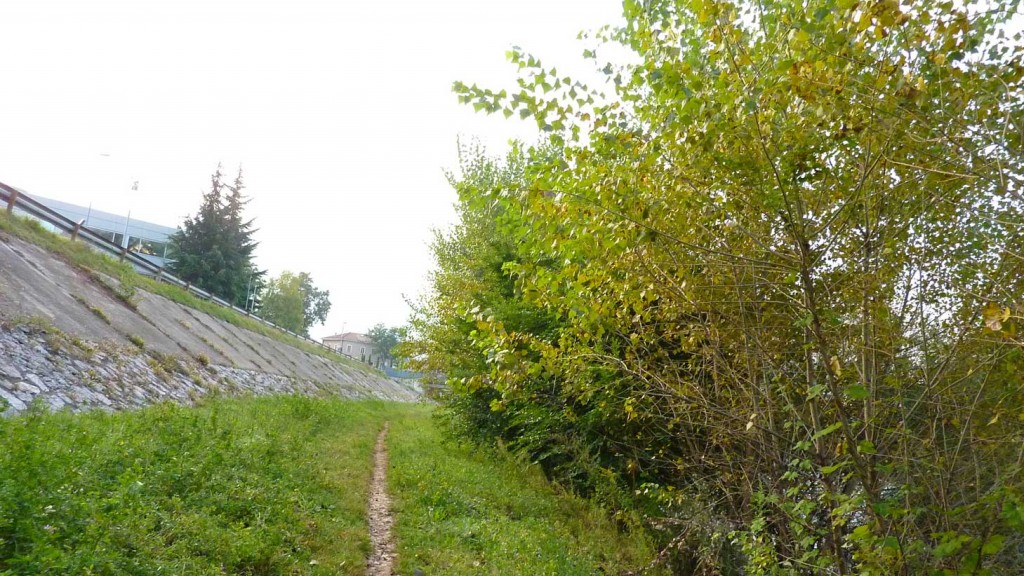 (co-authored with Cristina Mattiucci) ‘Visualising the riverbank’, in City: analysis of urban trends, culture, theory, policy, action, Volume 16, Numbers 1-2, 1 April 2012 , pp. 221-234
(co-authored with Cristina Mattiucci) ‘Visualising the riverbank’, in City: analysis of urban trends, culture, theory, policy, action, Volume 16, Numbers 1-2, 1 April 2012 , pp. 221-234
http://www.ingentaconnect.com/content/routledg/ccit/2012/00000016/F0020001/art00019
Abstract
Drawing on ethnographic observation of a tract of urban riverbank in the city of Trento, in northern Italy, we attempt to link phenomenological observation of social interaction in public places with larger political concerns about contemporary urban public space. While agreeing with Low et al. (Rethinking Urban Parks: Public Space & Cultural Diversity. Austin: University of Texas Press, 2005) that in order to foster public spaces it is necessary to accommodate the differences in the ways social classes and ethnic groups use and value urban sites, we also argue that one should be wary of planning hubris—which can occur in even `good-willed’ planning, and leads to the creation of domesticated and formalised, but also inherently restricted, spaces for encountering differences.










